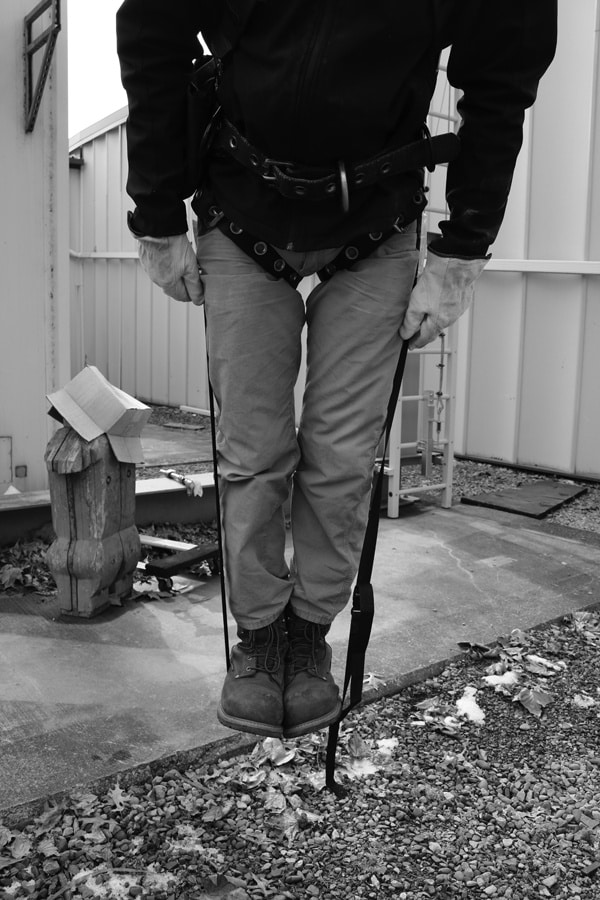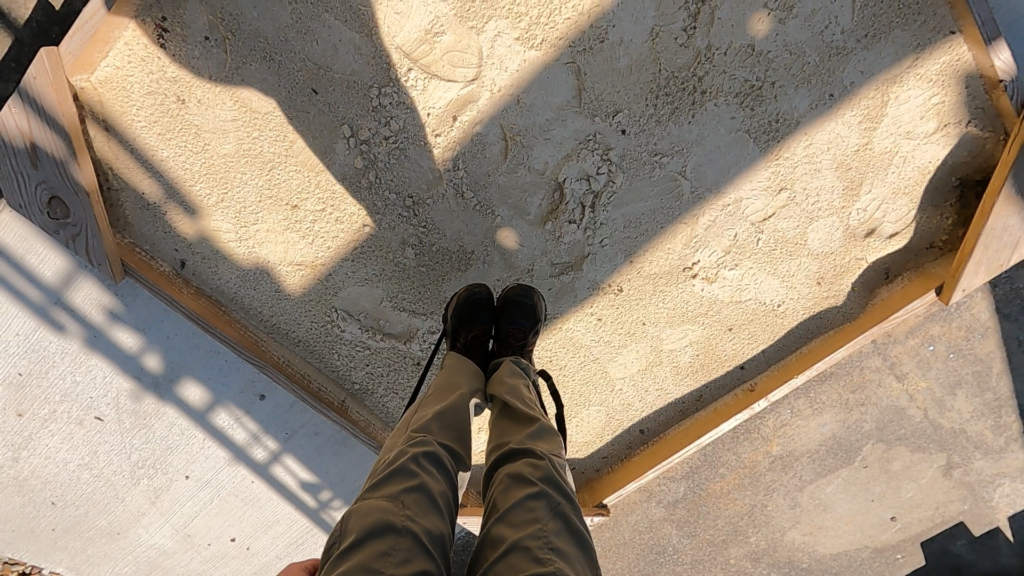The Importance of Suspension Trauma Relief
After a fall occurs, a count-down begins. From the moment a person is suspended, they are exposed to the quickly approaching danger of Suspension Trauma. It can take just 20 minutes for a suspended worker to face the symptoms of suspension trauma. When a worker begins to experience the effects of suspension trauma the chances of death increase greatly. If a rescue cannot be conducted within this timeframe, the outcome of the fall becomes progressively worse.

What Is Suspension Trauma?
Suspension Trauma occurs when the leg straps on a full-body harness constrict the user’s legs while hanging. The result of this constriction is a reduction of blood flow that leads to a variety of symptoms and eventually death. Those who undergo suspension trauma can expect to experience a mix of symptoms. The most common symptoms of suspension trauma are pallor, shortness of breath, blurry vision, nausea, numbness in the legs, and hypotension. When a worker undergoes suspension trauma, they can experience complications even after being rescued. To offset the potential damage dealt to a fallen worker’s body, we need to stop them from undergoing suspension trauma. This is where suspension trauma straps come into play.
How Suspension Relief Straps Work
The simplest way to stop suspension trauma from occurring is to keep the user’s weight off of their leg straps and back on their feet. The most reliable and immediate way to do this is with the use of suspension relief straps. These deployable straps are connected to the user’s harness and when deployed provide the user a place to stand.

These straps are easy to use. The length of the straps can be adjusted so the user may connect them just above their feet. Once connected they can be stood on to allow the worker’s weight to go into the relief strap and not directed into their thighs. When a worker is standing properly on their relief straps, the time window for a safe rescue is extended greatly. Systems like this U-Res-Q provide a foothold for fallen workers. Even if they are unable to climb back to safety, they can keep their weight off their thighs and on their feet.
Something To Remember
Not all falls are equal. Some are far more dangerous and may result in a worker being knocked unconscious. A worker who is not awake cannot use their suspension straps or assess their injuries. Remember that along with any visible injuries, there are also those that cannot be seen. Make sure your rescue plans have responses for the scenarios and can conduct a rescue in a safe and timely manner.
To see the U-Step in action, follow the link below. Watch to learn how easy it is to use the U-Step, even when suspended.